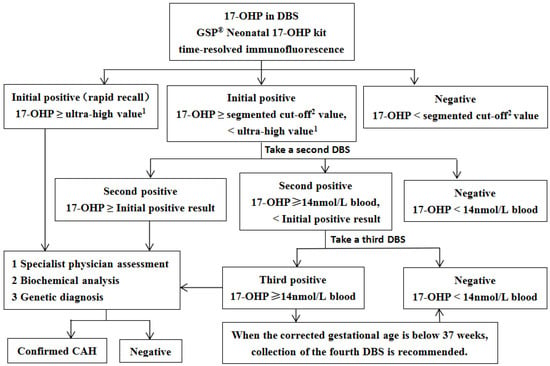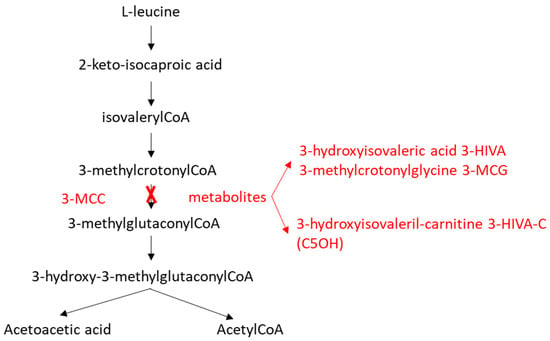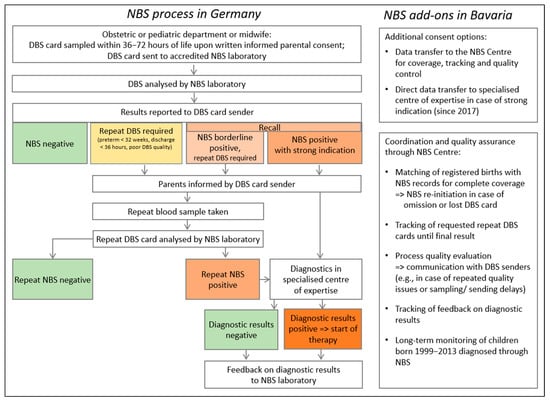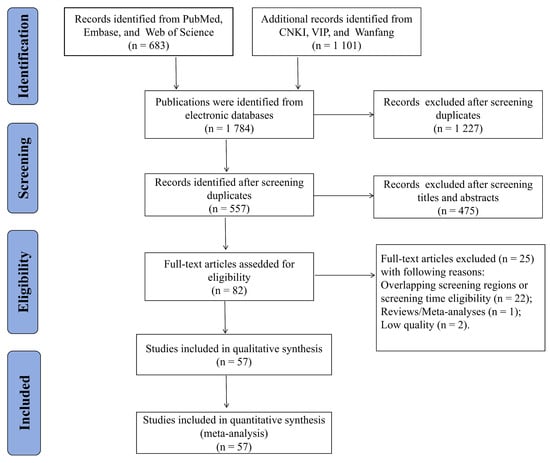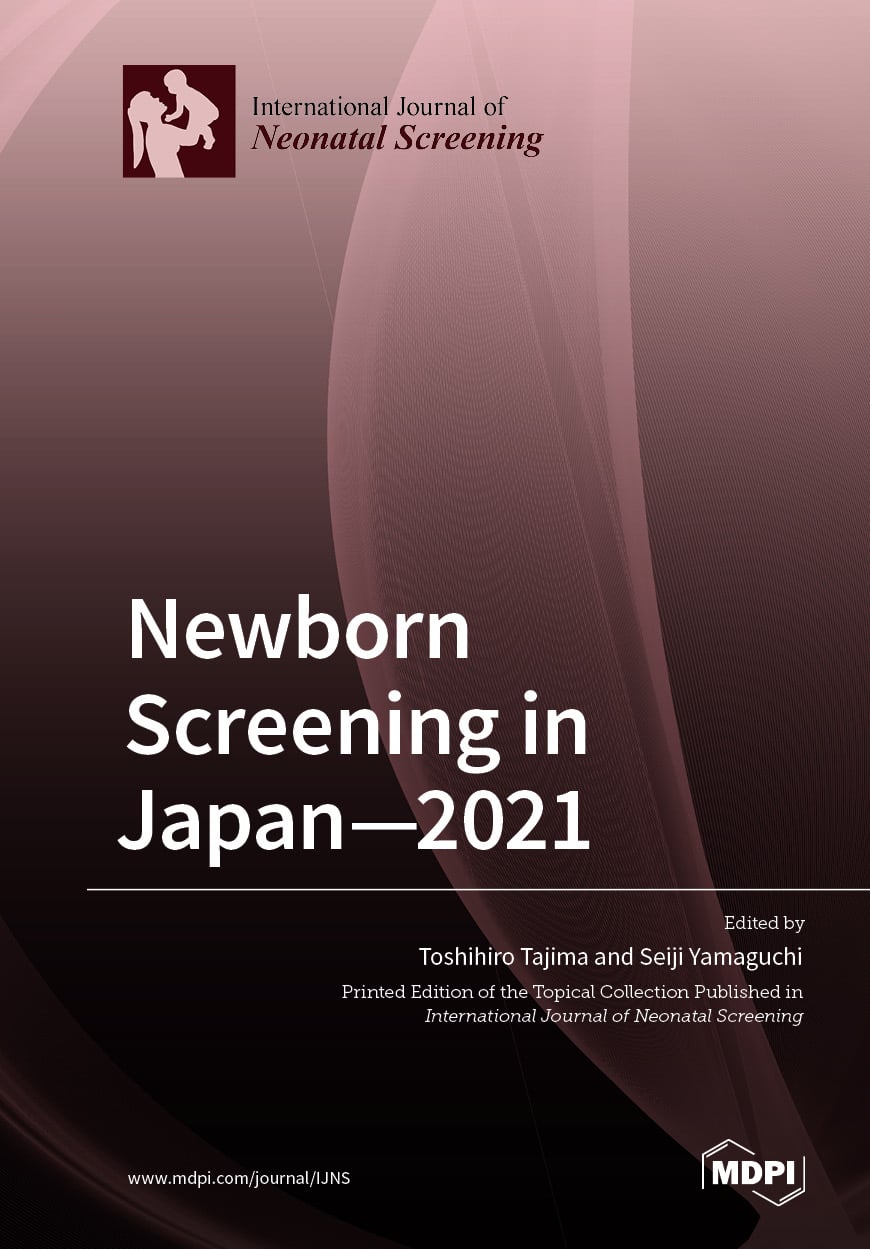- Article
Neonatal Screening for Congenital Adrenal Hyperplasia in Guangzhou: 7 Years of Experience
- Xuefang Jia,
- Ting Xie and
- Xiang Jiang
- + 6 authors
This study was designed to assess the effectiveness of neonatal congenital adrenal hyperplasia (CAH) screening in Guangzhou, China. A total of 818,417 newborns were screened for CAH by measuring 17-hydroxyprogesterone (17-OHP) concentrations. Cut-off values were stratified based on gestational age (GA) and the timing of sample collection. Neonates with initial positive results (17-OHP ≥ cut-off value) were recalled for a second dried blood spot sample to reassess 17-OHP levels. Confirmatory testing involved biochemical analyses, Sanger sequencing, and multiplex ligation-dependent probe amplification of the CYP21A2 gene. From 2018 to 2024, a total of 40 patients with classical 21-hydroxylase deficiency were identified, including 28 cases (70%) of the salt-wasting form and 12 cases (30%) of the simple virilizing form. The overall incidence of CAH was 1 in 20,653 (95% confidence interval: 1:34,928, 1:14,661). No statistically significant differences in prevalence were observed between sexes or between preterm and full-term infants (p > 0.05). 17-OHP concentrations are influenced by GA and the timing of sample collection. The screening efficiency for CAH could be improved by adopting a multitiered cut-off value system adjusted for GA and collection time.
17 December 2025





